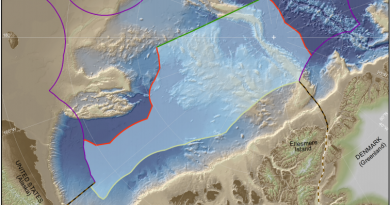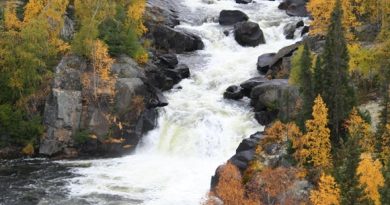Blog: A year in the global Arctic
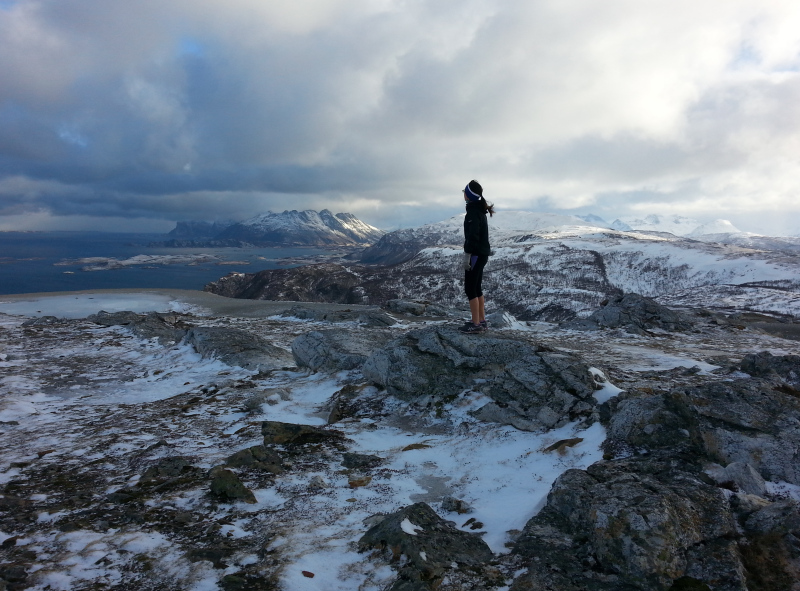
As 2015 draws to a close, it’s good to step back and take stock of the year that was.
Digging deeper into my dissertation research, I spent more time than ever thinking about the Arctic, but mostly from the outside. People often ask how or why I study the Arctic from California. The short answer is that I was able to join a great research group at UCLA while also being able to enjoy year-round sunshine. The long answer is that studying a region like the Arctic from the outside, from a sprawling metropolis with a climate opposite to Arctic conditions as one can get, can help provide fresh insights. T.S. Eliot once remarked: “We shall not cease from exploration, and the end of all our exploring will be to arrive where we started and know the place for the first time.” In that light, as much exploration of the Arctic can be done from below the polar circle as it can be done from above.
I didn’t just consider issues of Arctic development from Los Angeles, however. I was fortunate enough to travel for conferences, courses and research to Norway, Chicago, Finland, Russia, Singapore, Malaysia, Alaska, San Francisco, and Seattle. Some of these locations were in the Arctic, like Bodø, Arkhangelsk, and Fairbanks. Others would definitely be considered non-Arctic: the humid tropical locales of Singapore and Malaysia, which were blanketed in haze caused by peat fires in Indonesia at the time (fires similar to the ones that ravaged Russia in 2010). Yet taken together, all of these places had some connection to the Arctic. In Singapore, for instance, I saw the shipyards of Keppel Offshore and Marine, which builds iceworthy jackup rigs able to operate in the offshore Arctic oil frontier. In Seattle, I gazed up at the Arctic Club – an ivory-colored building ensconced with walruses commissioned by a group of pioneers who struck it rich during the Klondike Gold Rush in the Yukon. (It’s a Doubletree Hotel, now, in case you were wondering. It also has a “Northern Lights Dome Room” with “luminescent effects reminiscent of the Northern Lights.)
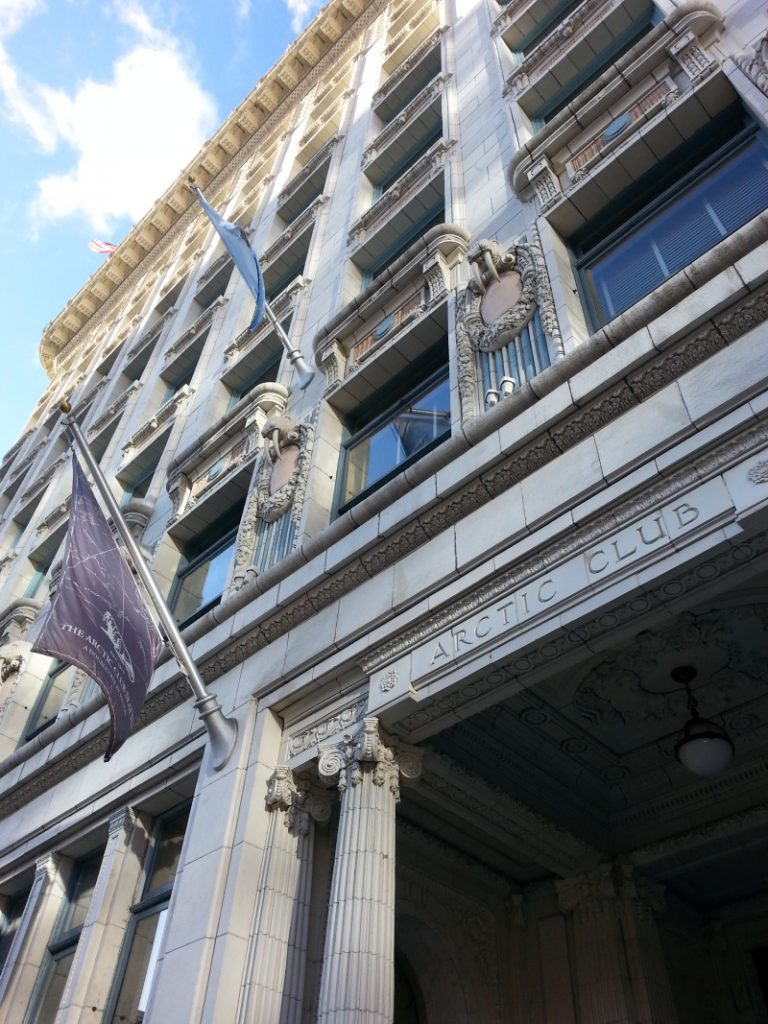
While in the Arctic, I sometimes felt paradoxically closer to more southern places than other northern ones. In Fairbanks, there were so many Thai restaurants that I probably could have gone to a different one every night of the week. The sprawling Alaskan city also had a Denny’s and a Walmart, two all-American conveniences. In Arkhangelsk, Russia, I could buy bananas for less than I pay in Los Angeles and big green watermelons from Armenian fruit merchants. And at the post office on the Russian island of Solovki, I could buy a bag of pasta and mail a package at the same time, but that’s probably got to be pretty unique for anywhere in the world. In short, my travels confirmed that the Arctic is definitely a global – and fast globalizing – region.


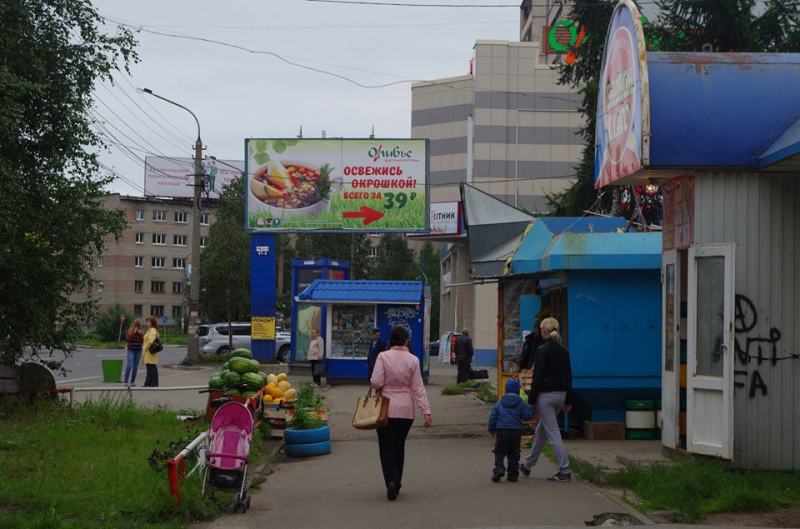
Although I’ve written before that the Arctic has been deeply tied to global flows for centuries – one only has to consider the sale of Greenlandic and Icelandic walrus ivory to European markets in the Middle Ages, or the whaling trips by Basque sailors up to Svalbard in the seventeenth century – the globalization of the Arctic has rapidly accelerated in the past ten to twenty years, in step with climate change’s amplified effect on the region.
As an example, as late as the 1990s, people in Fairbanks would have to watch Monday Night Football on Tuesday because the VHS tape with the recorded show would have to be flown up from Seattle. However, one person told me that the real change came not when cable and high-speed internet arrived, but rather in 2004 when the Walmart opened, followed by a slew of other big-box stores. That resulted in a cascade of closures for smaller shops, changing the face of downtown. Despite all its snow, Fairbanks probably now resembles the rest of America more than other parts of the Arctic.
The Arctic from above
Returning to my point about how studying a region from the outside can help provide a fresh set of eyes, last week, I was at the Fall Meeting of the American Geophysicists Union (AGU) in San Francisco, California. There were hundreds of talks and posters on processes related to climate change, from sea ice thinning to ocean acidification. While all of these advances in scientific understanding of the way in which humans are altering the environment are crucial, they are sometimes disheatening rather than inspirational.
Instead, looking at the really big picture – like the view of Earth from space – can remind us of our planet’s splendor and fragility. Al Gore gave a speech at AGU that probably even would have moved climate-deniers. The former vice president, a long-time supporter of satellites and remote sensing, spoke about the Deep Space Climate Observatory(DSCOVR) satellite. He helped catalyze the mission in the late 1990s after realizing that the famous Blue Marble photograph taken by Apollo 17 in 1972 – “the single most powerful image in all of the pictures available in human civilization,” as Gore put it – needed updating. DSCOVR finally launched this summer, settling into orbit approximately one million miles from Earth. It’s now the first satellite operating in deep space. While DSCOVR measures ozone, aerosols, and irradiance, it also “gives us a unique vantage point to protect our planet,” Gore elocuted.
In the updated Blue Marble photograph captured by DSCOVR this year, the Arctic is hardly an isolated snow globe. Instead, Greenland blends in seamlessly with the rest of the world, and the tropical blue waters of the Caribbean don’t even look all that far away. As one audience member in a session on permafrost mentioned in the context of sea level rise, “The fate of Greenland is the fate of Miami.” It’s this sort of interconnected thinking about the Arctic that I’ve tried to gain from my travels and apply to my research, and I hope to do so in a more methodical and rigorous manner next year. Yet in practical terms, translating these environmental teleconnections into transnational political action is the real challenge. COP21 managed to get the world’s statesmen to acknowledge on paper that there’s a problem with climate change, but the agreement will merely see business proceed as usual.
Assuming the climate continues to warm on average and particularly at the poles because of the polar amplification effect, some short-term problems are issues like village relocation in Alaska due to shoreline erosion, northward movement of fish and crustacean species important for human sustenance and Arctic ecosystems, and shortened seasons for ice roads and other ice-dependent infrastructure.
A few medium-term problems are global sea level rise, mass migrations, and the potential release of large amounts of carbon and methane into the atmosphere from thawing Siberian permafrost.
Long term problems are when cryosphere studies become relegated to icy celestial bodies like Pluto or Europa, Jupiter’s moon, because we melted away our ice caps. While satellites are great, let’s hope we can still study the polar regions in person and on our own planet not just next year, but for centuries to come.
This post first appeared on Cryopolitics, an Arctic News and Analysis blog.
Related stories from around the North:
Canada: Arctic MP named to federal cabinet in Canada, Eye on the Arctic
Finland: UN rep. urges suspension of Sámi elections, Yle News
Greenland: Greenland, Alaska elections bolster Arctic resource extraction, Blog by Mia Bennett
Norway: Conservative victory in Norway: What does it mean for the Arctic?, Blog by Mia Bennett
Sweden: Land, water rights big issues in Sweden’s Sami elections, Radio Sweden
United States: Feature Interview – The politics of climate, Eye on the Arctic


